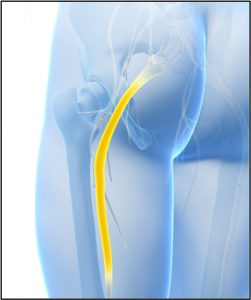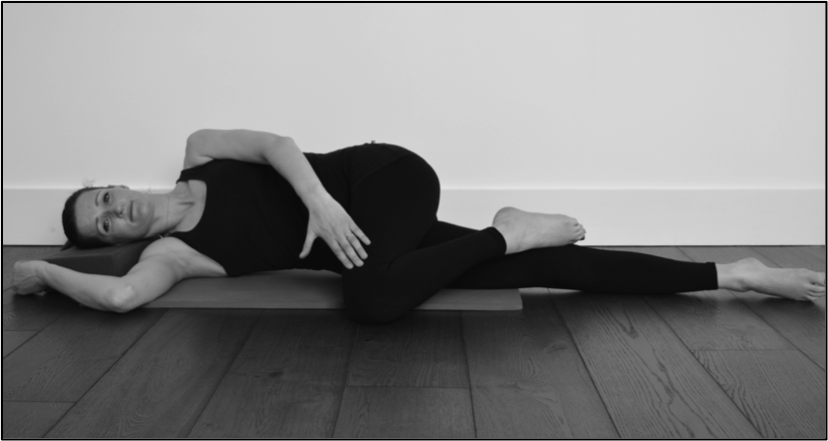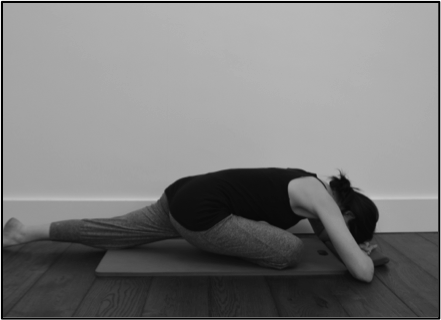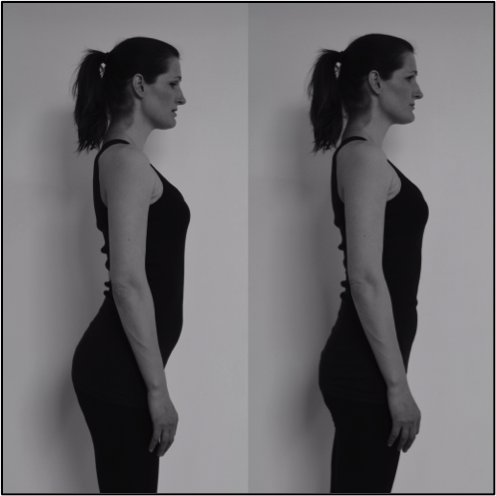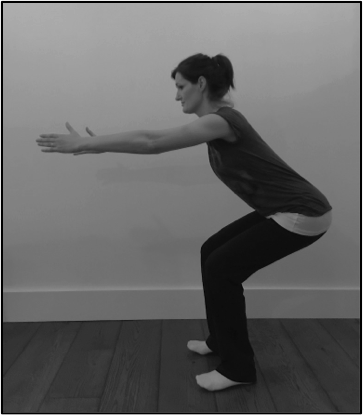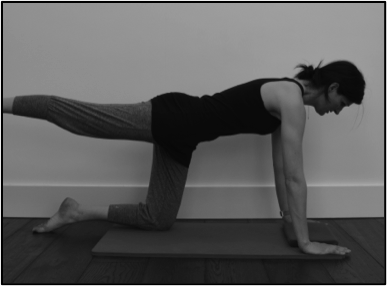Sciatica or Piriformis Syndrome?
So you think you’ve got sciatica (trapped nerves)? If you’ve got pain in one of your buttocks, down the back of your thigh and maybe even symptoms into your calf or foot then this might well be the case.
The sciatic nerve is formed by lots of smaller nerves coming together from your spine and travelling in a bundle down the back of your leg.
Sciatica’ is the term given to pain caused by compression or irritation of this nerve. In most cases this is due to a problem with one of the discs in your lower back but there also are two small muscles in your pelvis called the piriformis muscles and if one of them is tight, strained or goes into spasm then this can also compress the sciatic nerve. The symptoms of this ‘piriformis syndrome’ are so similar to a trapped nerve in your back that it’s actually called a false sciatica.
The Piriformis muscles help to control the hip joint during movement of the legs and sometimes they can become overworked when other muscles (such as the gluteals) are weak. Sitting, walking upstairs or an incline or stretching the buttock (pulling your knee into your chest) might become gradually more painful if you have piriformis syndrome. While these activities can also be problematic if you have ‘true’ sciatica, there are a couple of distinguishing features. If your pain increases when you cough, sneeze or strain then it is likely the problem is coming from your lower back; but if coughing doesn’t affect you, then it could be piriformis syndrome. You could try these two tests which are usually painful with this specific condition:
Test 1: Lie on your side and bend your hip to just below 90 degrees. Let your knee drop down and press gently with your hand.
Test 2: Sit in a chair with a band tied around your knees and press your knees outwards into the band.
If either of these tests are painful, you might have Piriformis Syndrome.

Amazing results and amazing physio...
“Amazing results and amazing physio. I was suffering with pain in my wrist and elbow that didn’t let me grab heavy objects, lift anything with my right hand and made work very painful. After 6 sessions with Rowan I do not suffer any more with pain. Highly recommended!”
Soraya Barrera
I would recommend these folks to anyone...
“The treatment is professional and evidence-based – what’s more I also always feel listened to and genuinely cared for. I was very nervous about the long term effects of my injury but don’t think I could have been in better hands. After initial treatment with Rowan for a lower back soft-tissue injury and now rehab/strengthening programme with Henri, I am back running/circuit training faster than before, what more can I say?”
Within weeks I was back to work pain free...
“Henri was extremely knowledgeable, professional, friendly and a pleasure to be around. Within weeks I was back to work pain free and back in the gym with a new training routine, new form and a new lease of life!!”
Adam Bell
Extremely knowledgeable and professional...
“Rowan was extremely knowledgeable and professional in her approach. I highly recommend Physiofit for anyone seeking physiotherapy services.”
Lowen Warrington

Self help for piriformis pain
- Avoid sitting on hard surfaces or with your legs crossed and get up to move every 20 minutes.
- Heat can be helpful – try lying on your front with a hot water bottle on your buttock.
- Release your piriformis muscles with a massage ball:
Roll for up to 1 minute and if you find a sore spot, hold for 10 seconds until you feel it relax. Start with light pressure and build up as it feels more and more comfortable. It’s not pain-free but shouldn’t be an endurance test either.
- Stretch your hips:
Start on all fours and move your knee towards your hands. Slide your heel across until it’s under the opposite thigh. Finally slide your other leg back along the floor and lean over the top to stretch your hips. Hold for 30 seconds and repeat 3 times
- Check the position of your pelvis and lower back in a mirror. If you have a deep inward curve of your lower back this means that your buttock muscles can’t work properly and your piriformis muscles are also overstretched.
Correct your posture by pulling your tailbone right underneath (tilting your pelvis backwards to flatten your lower back), then press it out behind you (tilting your pelvis forwards to arch your lower back). Find the halfway point and hold this ‘neutral’ position. It might feel a bit odd to begin with as your muscles and joints aren’t used to this new position but keep practising and your body will soon develop its muscle memory!
- Strengthen your buttock muscles. While you still have symptoms in your buttock you’ll need to increase the number of repetitions gradually – try 5 repetitions of each and build up to 15:
Squats
- Hinge through your hips – start the movement by moving your tailbone behind you.
- Keep your trunk upright and your shoulder blades drawing down and backwards.
- Hold your knees in line with your toes and keep your weight in your heels.
- Your gaze should remain forward but lower slightly as you squat so you keep the length through the back of your neck.
- Lower and rise at a constant pace.
Bridge
- Breathe out and scoop your tailbone upwards, flattening your lower back into the floor. Continue to lift your hips, peeling your spine, bone by bone, up off the mat.
- Breathe in to hold the bridge and breathe out to lower your spine again like a string of pearls.
Swimming
- Start on all fours. Press the floor away with your hands and tuck your tailbone in slightly.
- Breathe out and slide one leg out behind you and reach away through your toe.
- Breathe in to lower again and repeat on the opposite side
Tips: keep your abdominals gently drawn in and your back as still as you can throughout.
A few precautions …
If you’ve had a heavy fall onto your side or bottom in the last month since your symptoms started then it’s worth arranging a checkup with your GP or a physiotherapist as this type of accident can cause an injury to one of the pelvic joints (sacroiliac).
If you have tingling or numbness down one leg it’s important to see your GP to rule out a trapped nerve in your back before starting any treatment plan.
If you’ve had any recent changes in your normal bladder or bowel habits, tingling or numbness in both legs or around your groin or a feeling that your legs aren’t under ‘normal control’ then urgent medical attention is required. Call for an ambulance or go straight to your local A&E department.
Prevention is definitely better than cure and no-one likes to be overworked, so strengthen your buttock muscles and make sure they’re taking their fair share of the load!
If you think we can help you, please get in touch.
Related Articles
March 11, 2017
